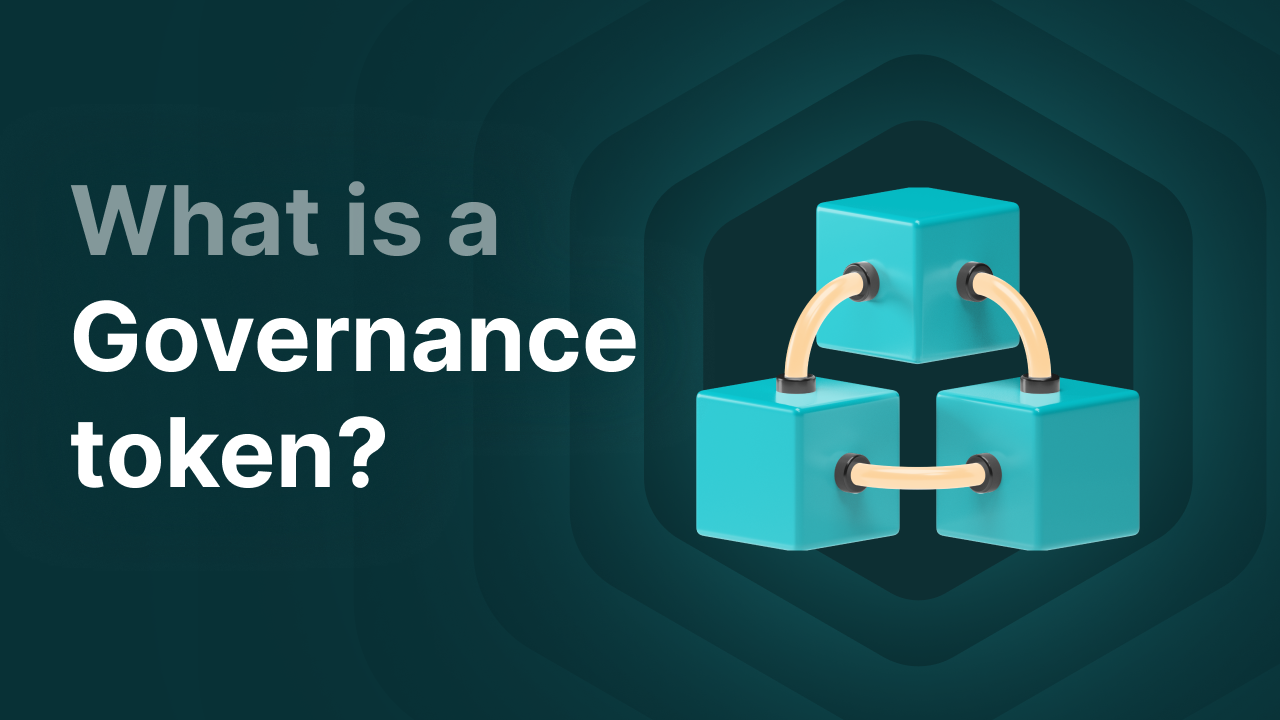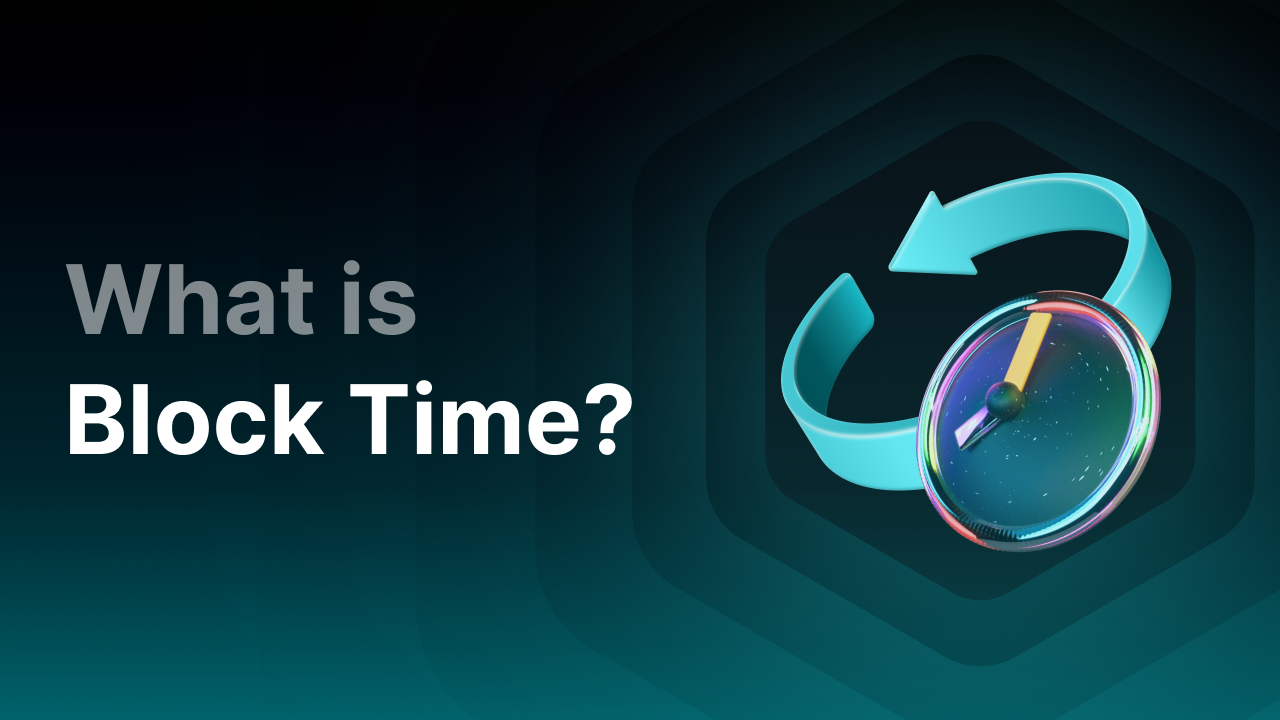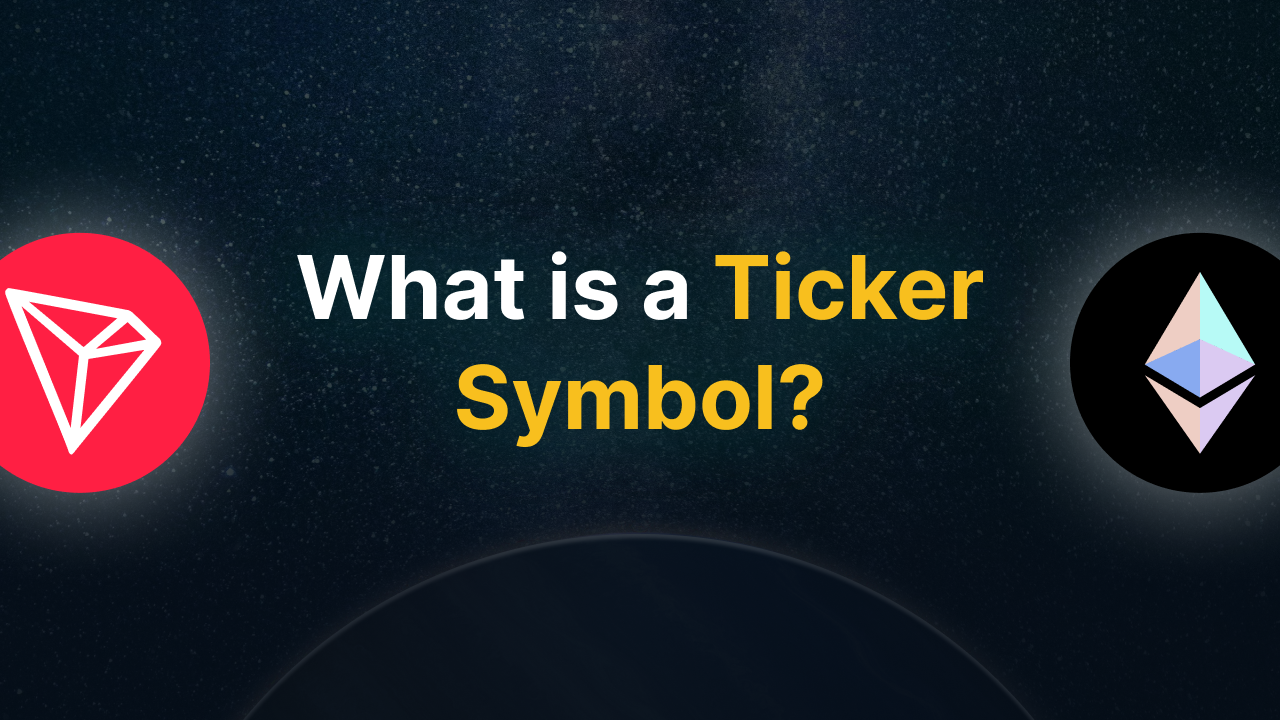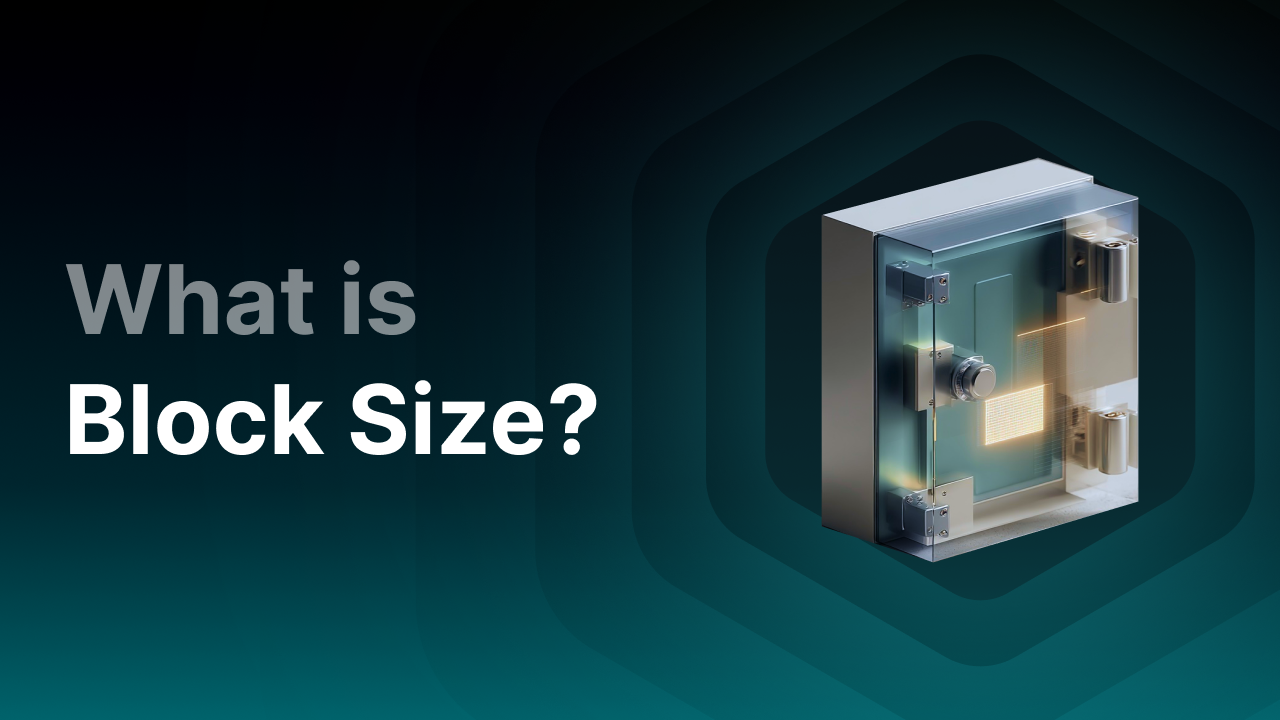What is a Token Burn?
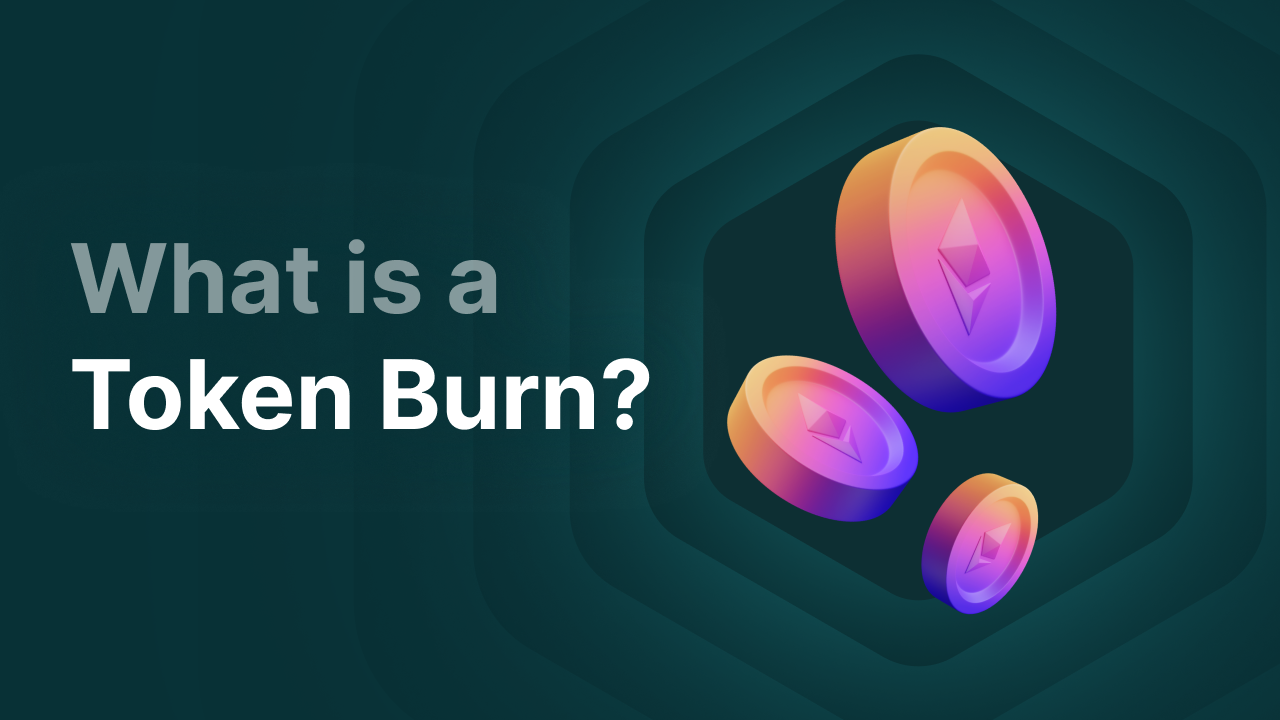
What is Token Burning?
Token burning is the process where a cryptocurrency permanently removes part of its circulating token supply from circulation. Since cryptocurrencies are not physical coins, they cannot literally be burned. Instead, they are sent to a burn address. This is a wallet whose private key is unknown or inaccessible, making the wallet unreachable. Tokens sent to this address are lost forever.
The goal of token burning is simple: the fewer tokens in circulation, the greater the scarcity, which can potentially increase the value of the remaining tokens. It's comparable to a company buying back and destroying its own shares, increasing the value of those held by investors.
Cryptocurrencies use token burning to:
- Limit inflation
- Gain investor trust
- Strengthen their long-term roadmap
Key Takeaways
- A token burn is the process of permanently removing tokens from circulation by sending them to a burn address.
- The goal is to create scarcity, combat inflation, and potentially increase the value of the remaining tokens.
- Token burns can be executed manually or automatically via smart contracts and are visible on the blockchain.
- In practice, burns don’t always lead to price increases. Their impact depends heavily on market conditions and the project itself.
- There are different types of burns, including scheduled, automatic, user-driven burns, and even burns during hacks or via Proof of Burn.
- Notable projects that burn tokens include Binance Coin, Ethereum, Shiba Inu, Tether, and Stellar Lumens.
- Burns can offer benefits such as scarcity, community involvement, and marketing value, but they also carry risks and may lack impact.
How Does Token Burning Work?
Token burning works by sending tokens to a burn address. A burn can be performed manually or automatically. Some blockchains use smart contracts to integrate token burning into their code. For example, Ethereum automatically burns part of the transaction fee (base fee). Other blockchains like Binance Coin announce periodic burns to their community.
Once tokens are sent to a burn wallet, this is publicly visible, allowing anyone to verify the number of tokens burned.
Here’s how it usually works:
-
Send to a burn address
Tokens of a given cryptocurrency are sent to a public wallet address (burn address) with no existing private key. This "dead wallet" typically looks like:
0x0000000000000000000000000000000000000000 -
Tokens are burned
These tokens are no longer tradable on the blockchain as they are locked in that address. -
Circulating supply decreases
The total supply drops, potentially impacting supply and demand dynamics.
What Is the Effect of a Token Burn?
In theory, the effect of a token burn is straightforward: when supply decreases and demand remains stable or increases, the price should go up. However, this is not always the case in practice.
When a project announces a burn, it may trigger short-term effects due to hype and anticipation. Traders often buy before the burn (“buy the rumor”) and sell after it has occurred (“sell the news”), causing prices to fall again.
Cryptocurrencies that burn coins regularly or automatically may create deflationary pressure (reducing inflation). Projects with strong utility, adoption, and transparency can use burning to help stabilize price development.
The effect of a burn is also linked to market cycles. In a bull market, burns have more impact than in a bear market. Projects that conduct burns without a clear purpose often see little benefit.
What Types of Token Burns Are There?
-
Scheduled burns (as per whitepaper)
Some cryptocurrencies have burn mechanisms written into their whitepaper. These can be periodic burns based on revenue, profits, or community activity. Binance Coin, for example, burns BNB tokens worth 20% of profits each quarter. -
Automatic burns (via smart contracts)
On blockchains like Ethereum (after EIP-1559), part of the transaction fee is automatically destroyed. This is embedded in the protocol via smart contracts and requires no announcements or manual steps. -
User-driven burns
Some platforms burn tokens when users perform certain actions. For example, during NFT minting or purchases in a dApp, part of the fee is burned. -
Burns after hacks
In rare cases, stolen tokens from hacks may be burned. This limits the damage but is only technically feasible on some networks. -
Proof of Burn (PoB)
Some consensus mechanisms use Proof of Burn, where users burn tokens to gain mining rights and create new tokens. You sacrifice tokens for a chance at future rewards.
Which Blockchains Burn Tokens?
-
Binance Coin (BNB)
Binance was one of the first major projects to use token burning. Every quarter, it buys back and burns BNB until the supply is reduced from 200 million to 100 million tokens. -
Ethereum (ETH)
Since EIP-1559, every Ethereum transaction burns a base fee. Billions worth of ETH have already been burned, and this could make Ethereum deflationary over time. -
Shiba Inu (SHIB)
Shiba Inu has no automatic burn, but its large community frequently burns tokens. They follow Vitalik Buterin's example—he received 50% of the total supply and burned 40% of it. -
Tether (USDT)
Tether sometimes burns tokens when users redeem USDT for fiat. This keeps the number of USDT tokens aligned with demand. -
Stellar Lumens (XLM)
In 2019, Stellar Lumens burned 50% of its total supply. The market reacted positively short term, but the long-term effect was limited.
Advantages of Token Burn
-
Increased scarcity
Burning tokens reduces the total supply, increasing scarcity. This can raise the value of the remaining tokens. -
Inflation control
Token burning can act as an anti-inflation mechanism, especially for cryptocurrencies that constantly issue new coins. -
Investor trust
Burns signal long-term vision, which can build trust with the community. -
Community engagement
Projects with community-driven burns see stronger investor loyalty and involvement. -
Marketing boost
Burn announcements often attract attention and increase visibility.
Disadvantages of Token Burn
-
No guaranteed price increase
Without real demand, utility, or a strong community, burns have limited long-term impact. -
Proof of Burn is risky
With PoB, you burn tokens without guaranteed rewards. You may lose your tokens for nothing. -
Potential for misuse
Projects may exploit burn announcements for attention without delivering real value. -
Too small in scale
Some burns are overhyped yet small in size, offering little to no market impact.
Final Thoughts
Token burning is a strategy in the crypto world aimed at influencing token value and building trust. While theoretically it increases price by creating scarcity, its real effect depends on context, execution, and market conditions. Without genuine demand, utility, or transparency, the risk of disappointment remains high.
